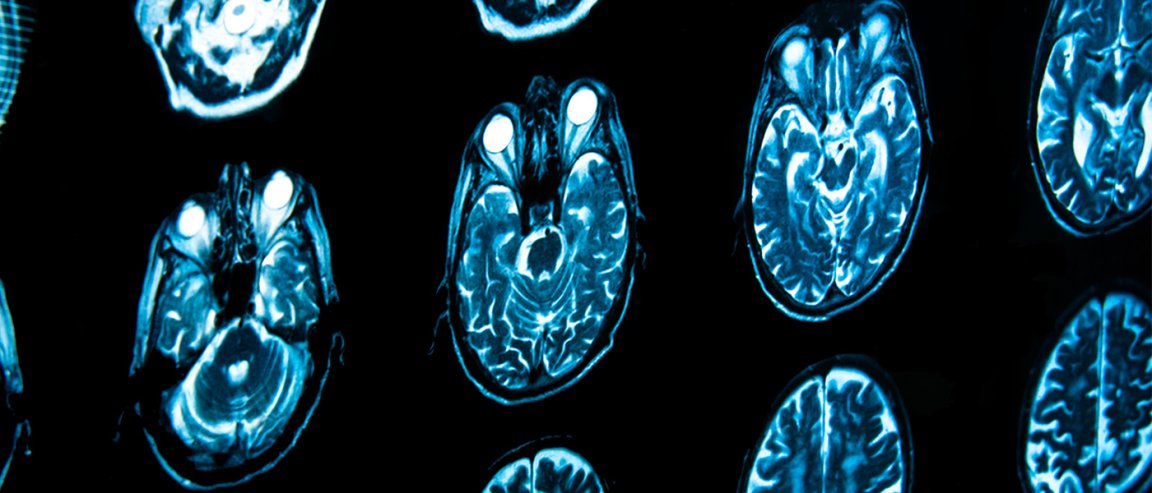
New Methods
New advancements in medicine often improve the quality of the procedures they affect, increasing their chances of success. Less have been about replacing medical procedures. But that is exactly the goal of this new development.
The US Food and Drug Administration has approved ExAblate focused ultrasound device, the first ultrasound device capable of curing essential tremors without any sort of surgery involved.
Essential tremors are the the most common movement disorder. It typically involves a tremor of the arms, hands, or fingers but sometimes involves the head, vocal cords, or other body parts. It frequently appears during voluntary movements that require dexterity, such as eating and writing.
The typical procedure of curing essential tremors is through deep-brain stimulation, an invasive surgery that involves placing electrodes inside the brain.
Eliminating Invasions
The new device uses something called focused ultrasound. It focuses sound waves inside the brain to create heat. This heat is then used to carefully interrupt circuits of the brain that are responsible for the tremor.
MRI allows the doctor administering the treatment to monitor the progress of the procedure as it occurs. The doctor can actually watch as the tremor reduces in real time, through the MRI.
The tests for the device required 76 patients with severe tremors who had not responded to medication. Fifty-six participants in the study received the procedure, while 20 others were in a control group.
The tests displayed results comparable with deep-brain stimulation: tremor reduction by half after three months and by 40 percent after a year. But unlike deep-brain stimulation, this requires no invasive procedures or deep cuts.
Those tested registered side effects, including sensory changes like numbness or tingling as well as balance disturbance that tended to be transient.
The FDA approval of the device means that the procedure can now be made available to eligible patients.